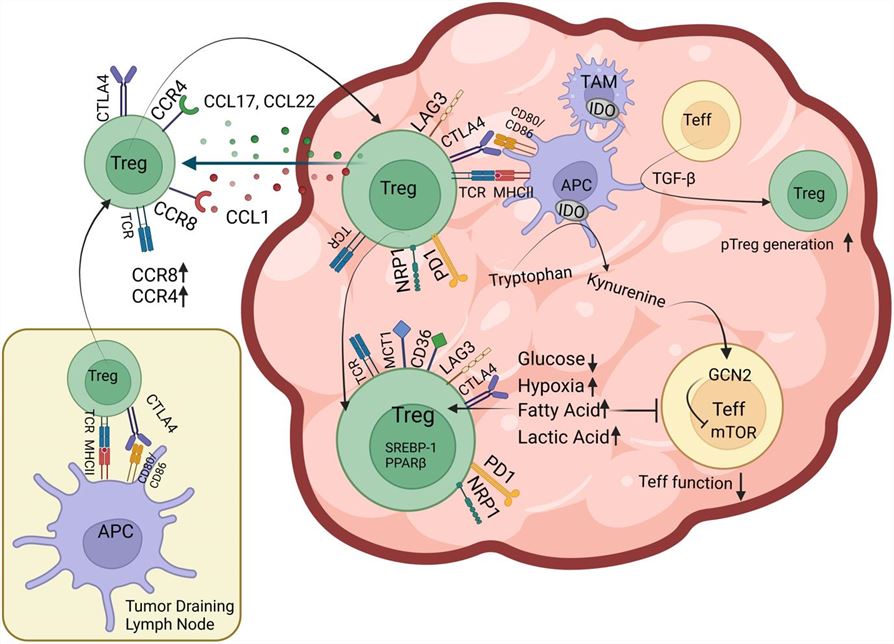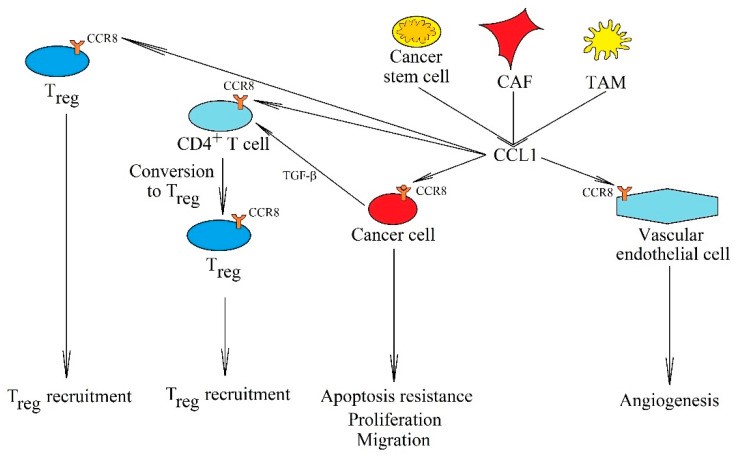MemPro™ Chemokine Receptor 8 Protein
Creative Biostructure provides custom MemPro™ gene-to-structure services for Chemokine Receptor 8 protein.
In the field of tumor treatment, Treg cells in the tumor microenvironment mainly mediate the negative regulatory mechanism related to immunosuppression, which seriously affects the recognition and killing of tumor cells by immune cells, seriously restricting the treatment of tumors. At present, the development of drugs targeting immune regulatory cells, such as Treg, has also become one of the hot spots in the field of tumor treatment. CCR8 (Chemokine receptor 8) is a seven-transmembrane G protein-coupled receptor that belongs to the C-C subfamily of chemokine receptors. CCR8 is expressed on Th2 cells, monocytes, and NK cells but not on Th1 cells. In addition, CCR8 is also expressed in Treg cells, with high expression in tumor-infiltrating Treg cells and low expression in the thymus, spleen, and peripheral blood Treg cells. CCR8 participates in the development of various tumors and mediates tumor immunity by interacting with its ligands. The specific high expression of CCR8 on Treg in the tumor site indicates that CCR8 is an excellent biomarker of Treg cells in the tumor site and a potential tumor immune target.
 Figure 1. Factors that facilitate Treg infiltration of the TME Tregs.
Figure 1. Factors that facilitate Treg infiltration of the TME Tregs.
The ligands of CCR8 include CCL1, CCL8, CCL16, and CCL18, among which CCL1 is the primary ligand, and CCR8 is the only known receptor of CCL1. In addition, CCL1 and CCR8 are significantly highly expressed in various tumors and inflammation sites. CCR8-CCL1 can increase the expression of interleukin 6 (IL-6) in myeloid-derived suppressor cells (MDSC) in the tumor microenvironment, thereby playing a pro-inflammatory role. In the inflammatory site or tumor microenvironment, traditional FOXp3+ Treg cells secrete and produce CCL1 but do not express its target receptor CCR8, and only a small part of FOXp3+ Treg cells express CCR8 on the surface. CCL1 can enhance the activity of these CCR8+ Treg cells in regulating the immune response and then inhibit the immune activity in the tumor microenvironment based on the CCL1-CCR8 pathway, reducing the anti-tumor immune effect. Therefore, targeting CCR8 can block the CCL1/CCR8 pathway and effectively regulate immune activity in the tumor microenvironment for tumor immunotherapy.
 Figure 2. The significance of the CCL1-CCR8 axis in cancer processes.
Figure 2. The significance of the CCL1-CCR8 axis in cancer processes.
Our experts from Creative Biostructure offer MemPro™ production, structural analysis, and related services of recombinant Chemokine Receptor 8 protein. We can provide custom MemPro™ Membrane Protein Gene-to-Structure services, including the identification, isolation, purification, stabilization, and crystallization of membrane proteins of your interest. Please feel free to contact us for more information.
References
- Korbecki J., et al. CC chemokines in a tumor: a review of pro-cancer and anti-cancer properties of receptors CCR5, CCR6, CCR7, CCR8, CCR9, and CCR10 ligands. International Journal of Molecular Sciences. 2020, 21(20): 7619.
- McRitchie B R, Akkaya B. Exhaust the exhausters: Targeting regulatory T cells in the tumor microenvironment. Frontiers in Immunology. 2022: 5820.
